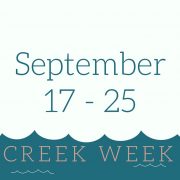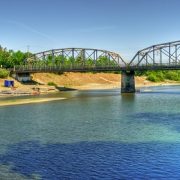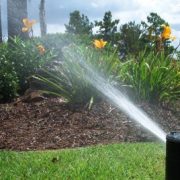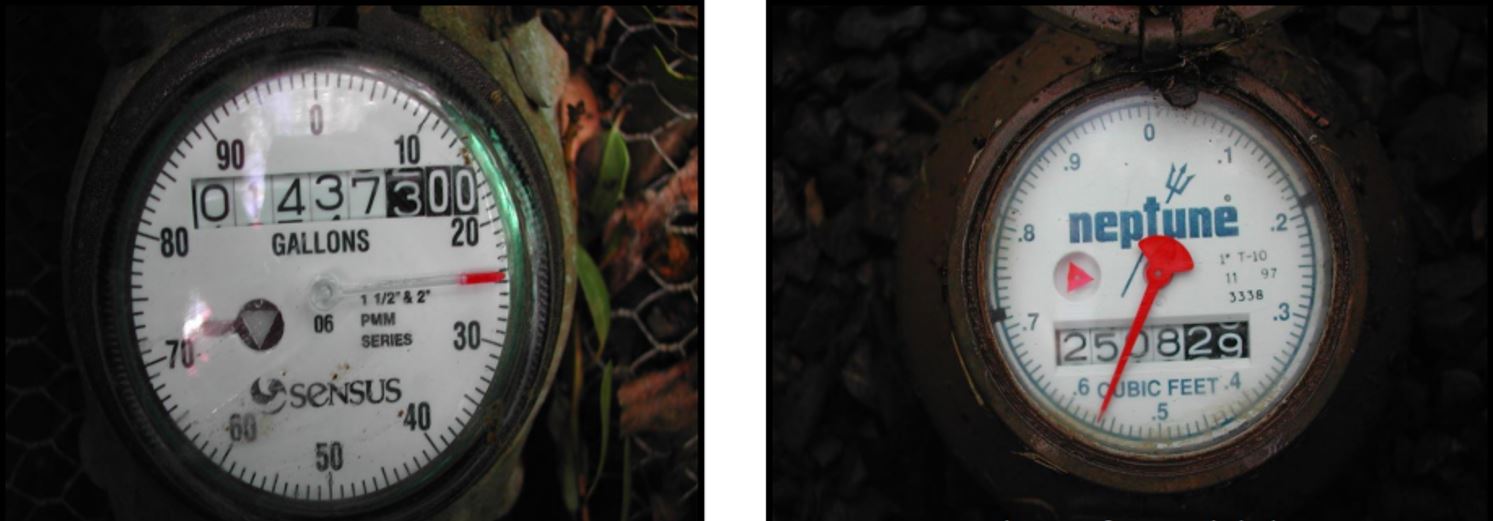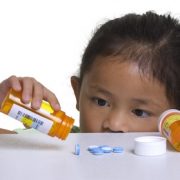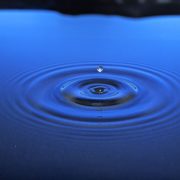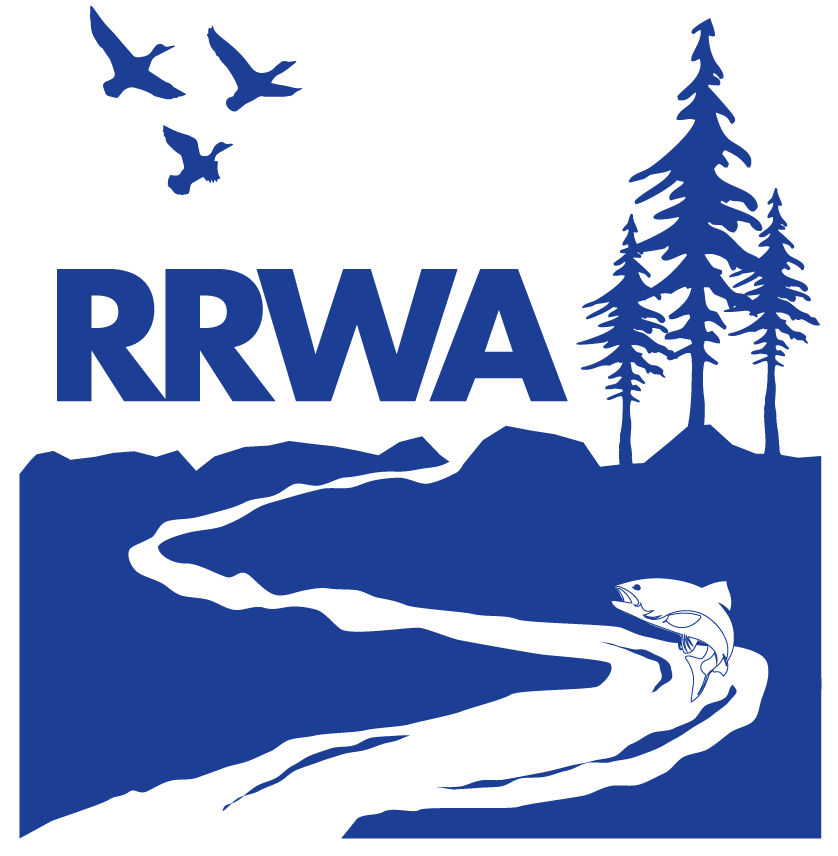Creek Week Volunteer Opportunities
Attention Russian River Watershed Stewards! September 17 – 25, 2016 is Creek Week in the Russian River Watershed!
You can contribute to the health of the Russian River ecosystem by participating in creek and river cleanup events throughout the watershed! Events are listed below from the headwaters to the ocean.
Please note: The following information is correct to the best of RRWA’s knowledge; please contact the appropriate agency or organization to confirm meeting times, locations, and to sign up.
1. Redwood Valley Cleanup
Date: September 17, 2016
Time: 9:00 a.m. – 1:00 p.m.
Location: McCarthy’s Bar and Grill, 6951 East Road, Redwood Valley
Learn more: russianrivercleanup.org or contact Deborah with Mendocino County Resource Conservation District at 707-462-3664 x 106 or deborah.edelman@mcrcd.org
2. Ukiah Creeks Cleanup
Date: September 17, 2016
Time: 9 a.m. – 1:00 p.m.
Location: Orr Street Bridge, Ukiah
Learn more: russianrivercleanup.org or contact Deborah with Mendocino County Resource Conservation District at 707-462-3664 x 106 or deborah.edelman@mcrcd.org
3. Hopland Area Russian River Cleanup and Picnic
Date: September 17, 2016
Time: 8:30 a.m.-1:00 p.m.
Location: The intersection of Highway 101 and Highway 175, Hopland
Learn more: russianrivercleanup.org or contact Ken with North Coast Fire & EMS Training at 707-570-9226 or ken@ncfems.com
4. Cloverdale Area Cleanups
Cleanup Locations: Cloverdale Regional Park and Trail, Geysers Road, River Park to Crocker Bridge
Date: September 17, 2016
Time: 8:30 a.m. – 1:00 p.m.
Location: Cloverdale River Park (City Park at Crocker Bridge)
Learn more: russianrivercleanup.org
5. Healdsburg Area Cleanups
Cleanup Locations: Riverfront Regional Park, Kennedy Lane to Highway 101, Syar Plant Beach, Badger Park, West Soda Rock Road, Alexander Valley Campground Beach, Geyserville Highway 128 Bridge Beach
Date: September 17, 2016
Time: 8:30 a.m. – 1:00 p.m.
Location: South Healdsburg Park & Ride (Healdsburg Avenue and Highway 101)
Learn more: russianrivercleanup.org
6. City of Healdsburg Foss Creek Cleanup and Smart Living Healdsburg Fair
Date: September 24, 2017
Time: 8:00 a.m. – 1:00 p.m.
Location: West Plaza Park, Healdsburg
Learn more: http://SmartLivingHealdsburg.org
7. City of Santa Rosa Family Fun Day at the Laguna Treatment Plant
Date: September 17, 2016
Time: 11 a.m. – 3:00 p.m.
Location: 4300 Llano Road, Santa Rosa
Learn more: http://srcity.org/departments/utilities/stormwatercreeks/steward/Pages/CREEKWEEK.aspx
8. City of Santa Rosa 32nd Annual Creek Clean Up
Date: Saturday, September 17, 2016
Time: 9:30 a.m. – 12:00 p.m.
Location: Olive Street Footbridge (105 Olive Street, Santa Rosa)
Learn more: http://srcity.org/departments/utilities/stormwatercreeks/steward/Pages/CREEKWEEK.aspx
9. City of Rohnert Park Copeland Creek Revival
Date: September 17, 2016
Time: 10:00 a.m. – 12:00 p.m.
Location: Jasmine Circle Mini-Park (1449 Jasmine Circle, Rohnert Park)
Learn more: Event information available on https://dailyacts.nonprofiteasy.net/PublicPages/Event/Details.aspx?eid=29453, or contact Marc with the City of Rohnert Park at 707-588-3302
10. The Great Laguna Clean Up
Date: September 17, 2016
Time: 9 a.m. – 12:00 p.m.
Location: Laguna Wetlands Preserve Amphitheather (next to Sebastopol Community Center, 390 Morris Street, Sebastopol)
Learn more: russianrivercleanup.org
11. Guerneville Area Cleanups
Cleanup Locations: Steelhead Beach Regional Park, Moms Beach Regional Park, Sunset Beach Regional Park, Rio Nido Beaches, Johnson’s Beach area, Vacation Beach area
Date: September 17, 2016
Time: 8:30 a.m. – 1:00 p.m.
Location: Johnson’s Beach Resort, Guerneville
Learn more: russianrivercleanup.org
12. Coastwalk Sonoma County Coastal Cleanup
Date: September 17, 2016
Time: 9:00 a.m. – 12:00 p.m.
Location: multiple
Learn more: http://coastwalk.org/volunteer/coastal-cleanup-day/
13. Canoe-Based River Cleanups
Date: September 17, 2016
Time: Multiple
Location: Multiple
Learn more: russianrivercleanup.org
Petaluma River Cleanup
Date: September 17, 2016
Time: 9:00 a.m.
Location: Steamer Landing Park in Petaluma
Learn more: http://friendsofthepetalumariver.org/events/
Organizing a cleanup? Please Contact Us to be included on this list.

